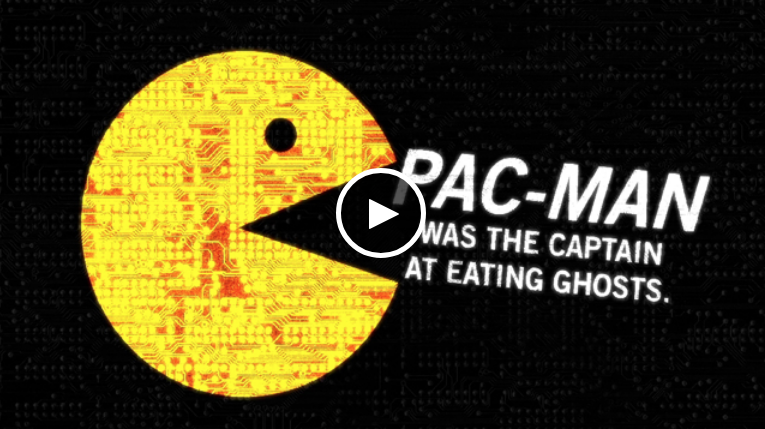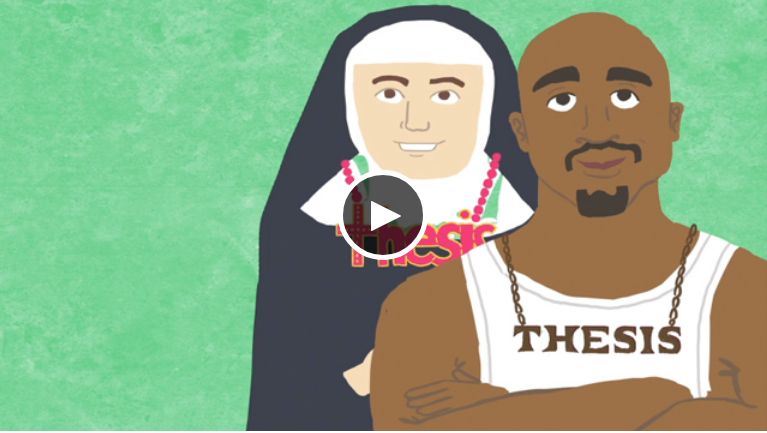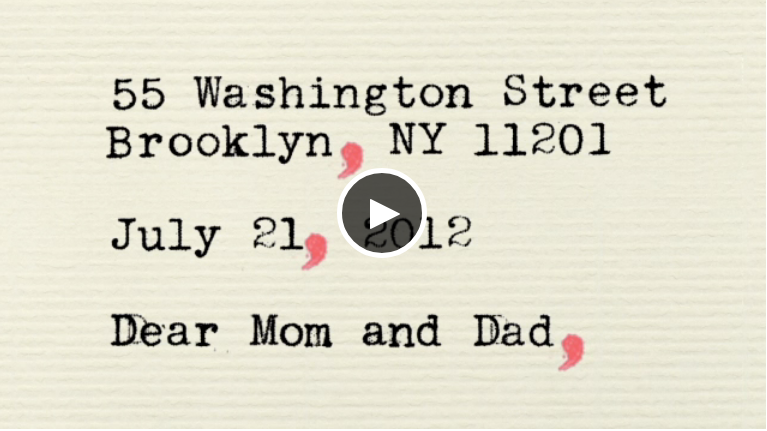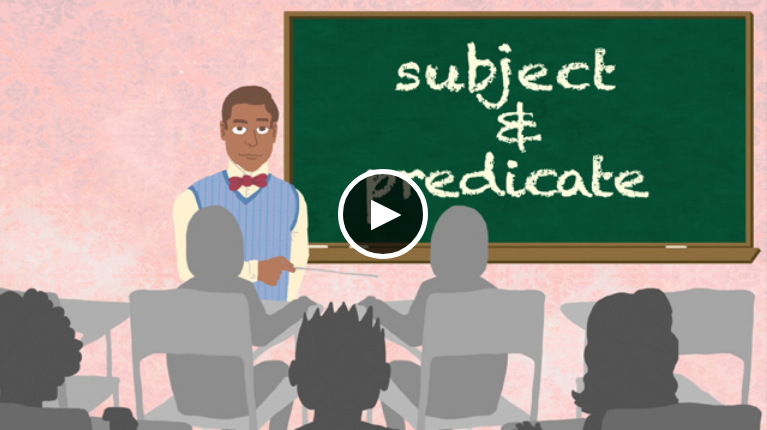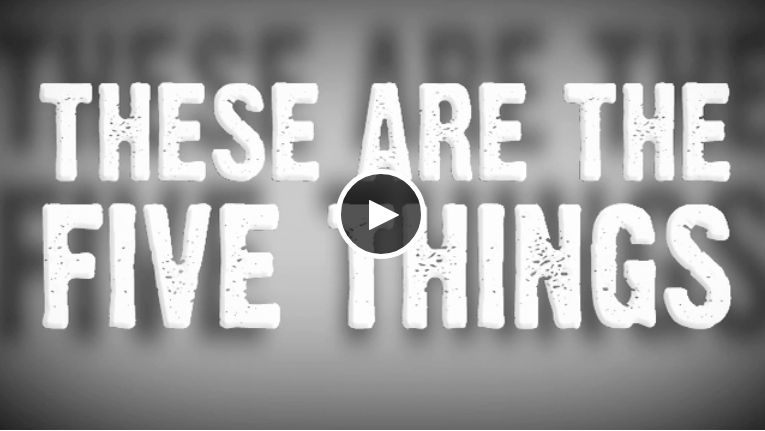
5 Ways to Teach Writing with Flocabulary
Teaching writing doesn’t have to be a struggle. You’re already using Flocabulary to spice up vocabulary instruction or make math facts fun… so why not writing, too? We’ve got plenty of ways to get your students pumped about putting pen to paper.
Guide your students to develop higher-order thinking skills by writing their own rhymes. It doesn’t have to be part of just the language arts curriculum. Writing rhymes can help students master content knowledge in all subject areas and write effectively across the curriculum. See our Writing Academic Rhymes lesson sequence here.
Transition words turn good essays into great essays. They make them flow. Our new transition song includes 30 transition words that students can use to link their sentences together smoothly. And you’ll learn about the history of video games while you’re at it. Listen to the transition song now.
Transition words turn good essays into great essays. They make them flow. Our new transition song includes 30 transition words that students can use to link their sentences together smoothly. And you’ll learn about the history of video games while you’re at it. Listen to the transition song now.
Differentiated writing instruction is a challenge, especially when you’re working with ELL students. But our new library of grammar songs and videos can help. Assign individual grammar songs based on students needs: If Jean is having trouble with commas, send him to our comma song. We can help Maddie review subject and predicate, while Anita practices her prepositions. See all grammar songs and videos now.
Many of you know our song about the five elements of a story: plot, character, conflict, theme & setting! In addition to learning about stories with “Five Things,” students can also use it to write their own stories. Check out our five elements of a story lesson plan to get students writing.

